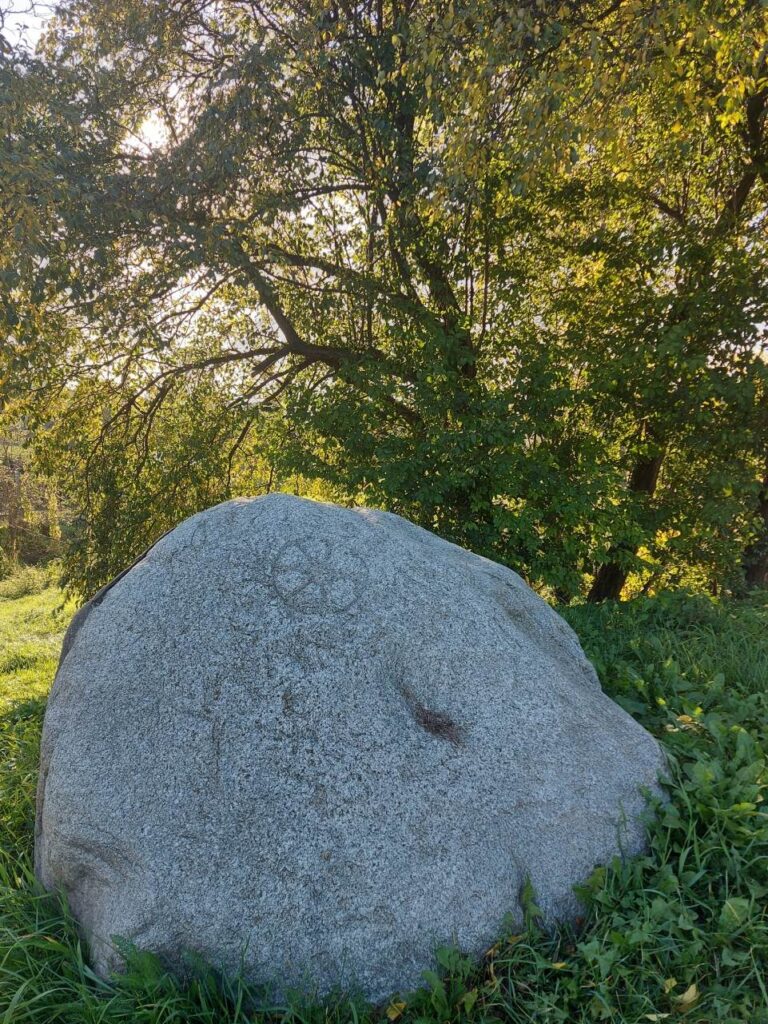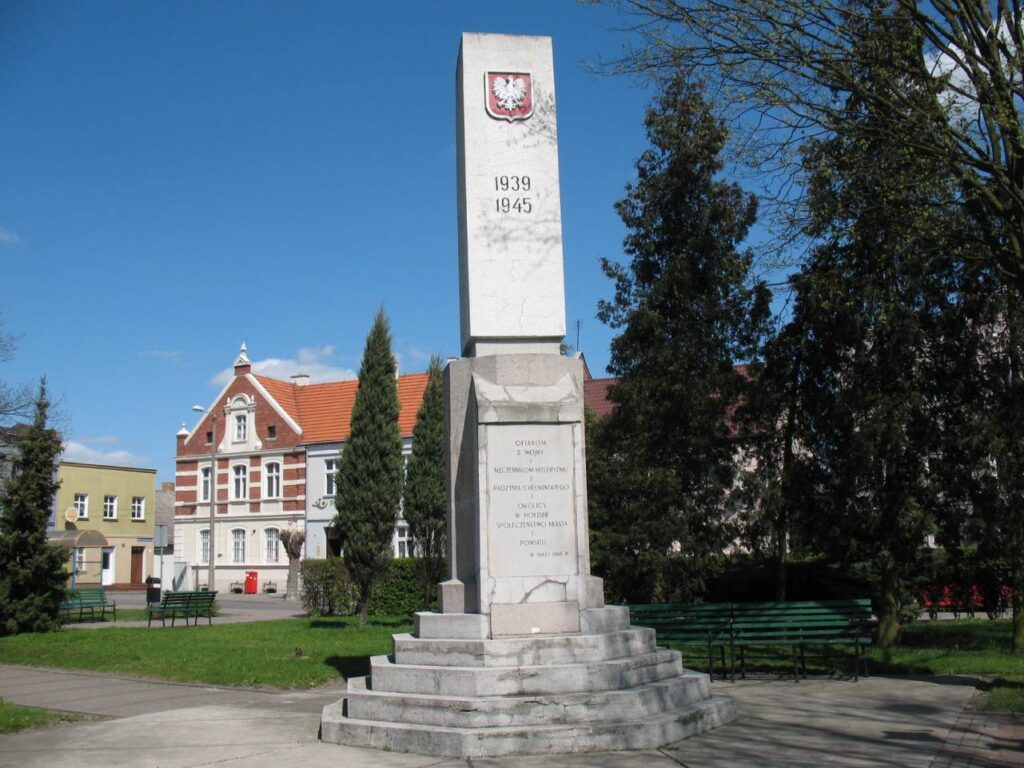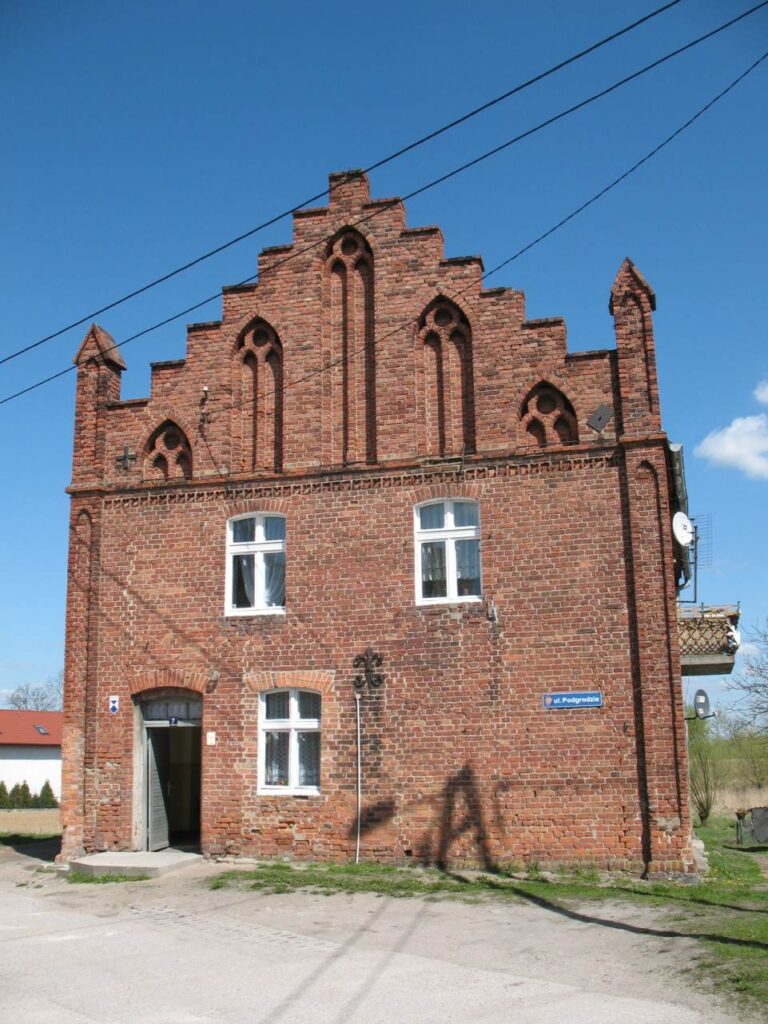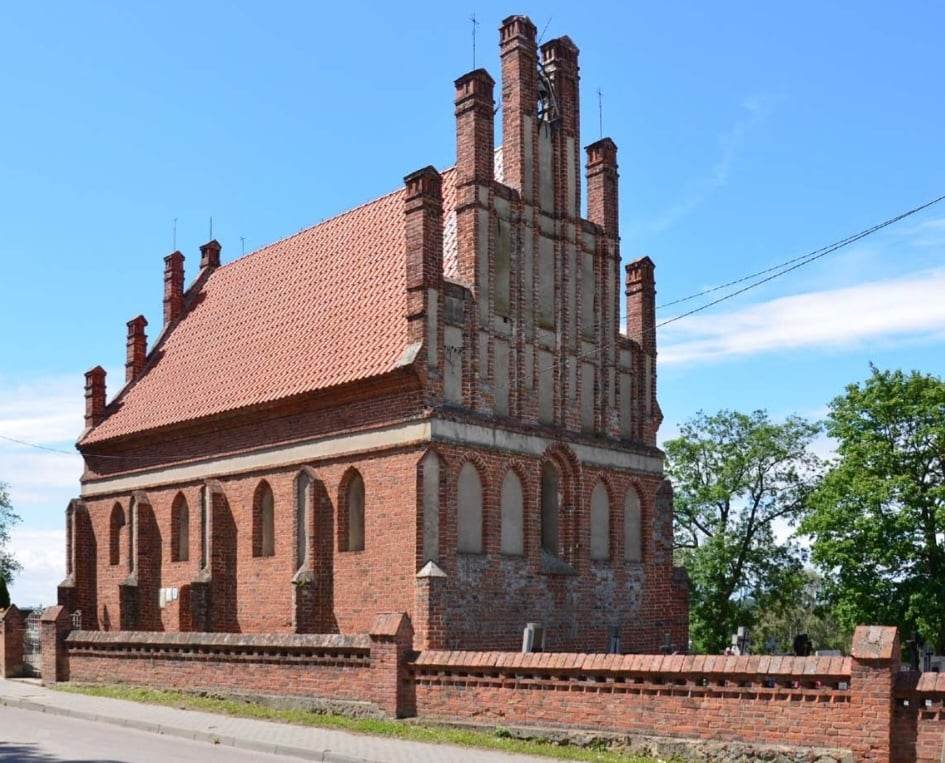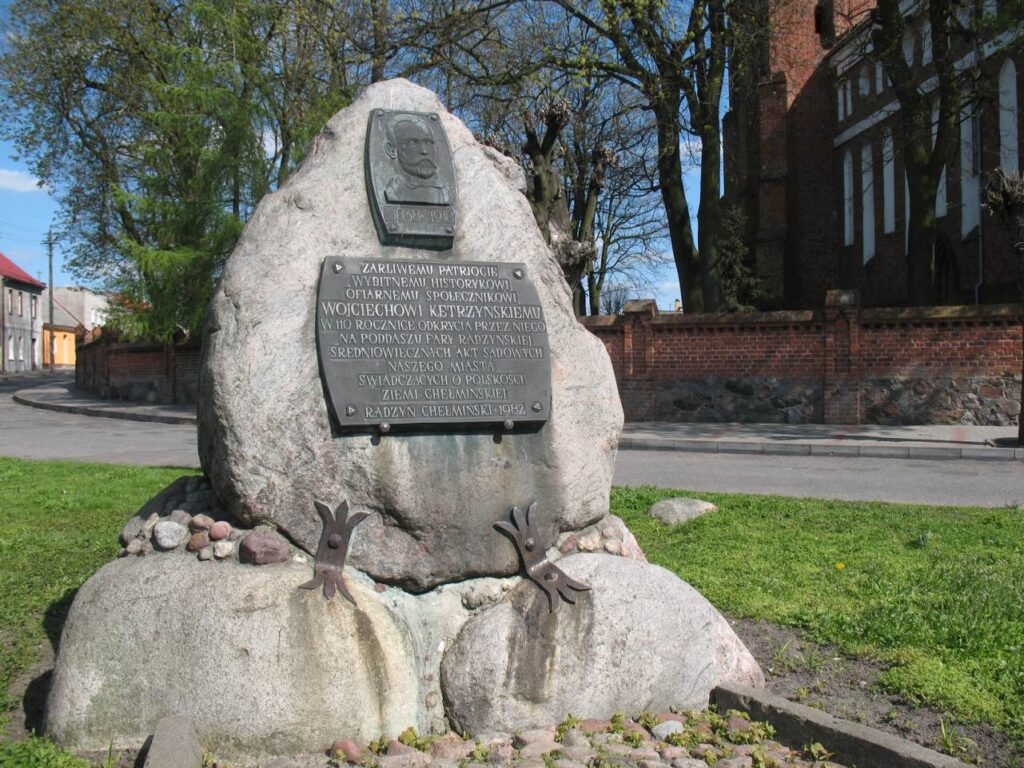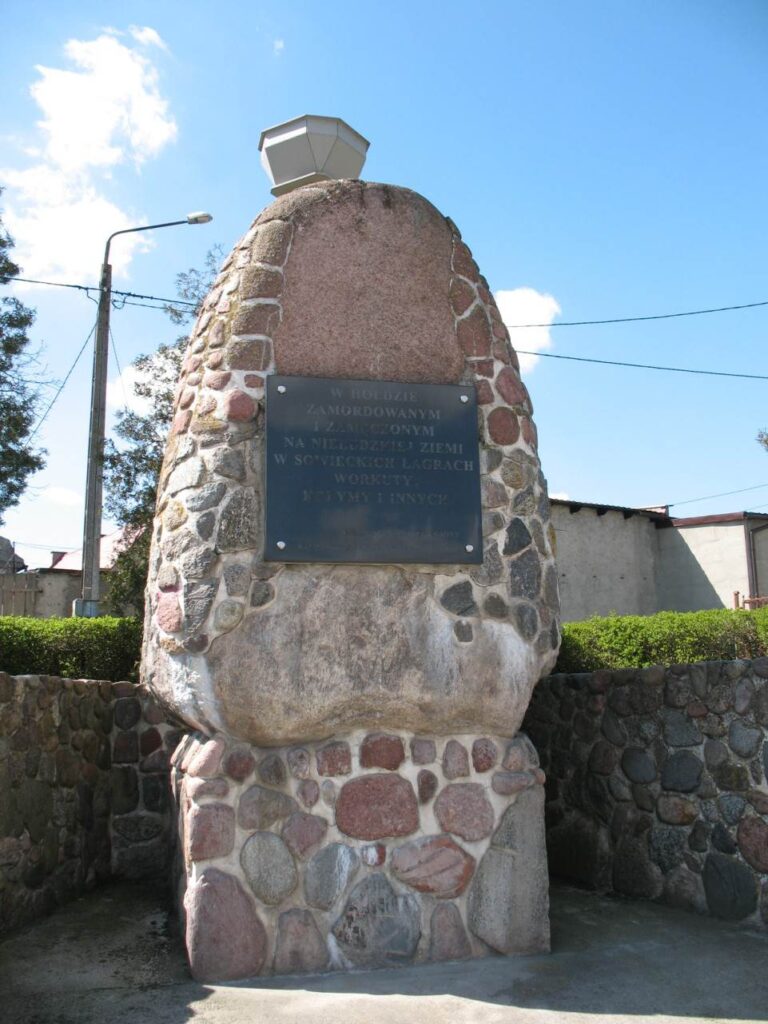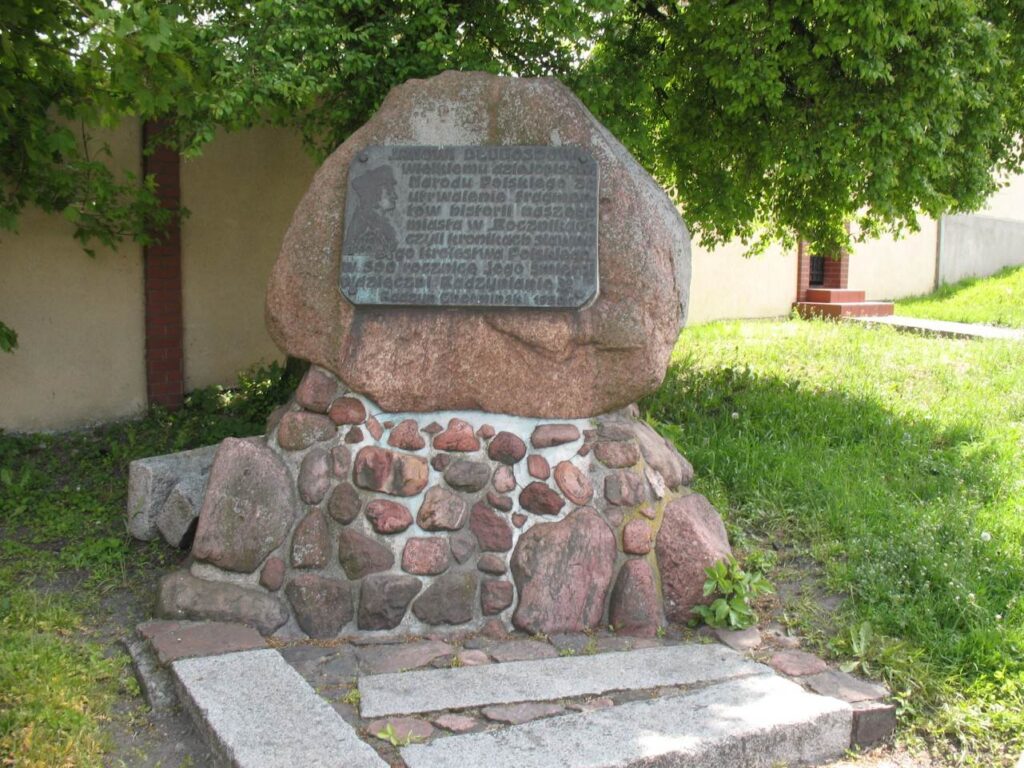The central site of the town, the market square Plac Towarzystwa Jaszczurczego, is named after the Lizard Union (an organization of Prussian nobles and knights). The name was given in 1961 on the initiative of Ziemowit Maślanka, a social guardian of monuments, history teacher and honorary citizen of the town who proposed the name on the occasion of the 550th anniversary of the death of Nicolas von Renys (Mikołaj z Ryńska), one of the four founders of the Lizard Union (Towarzystwo Jaszczurcze), which was established on 24th February 1397 in Radzyń Chełmiński.
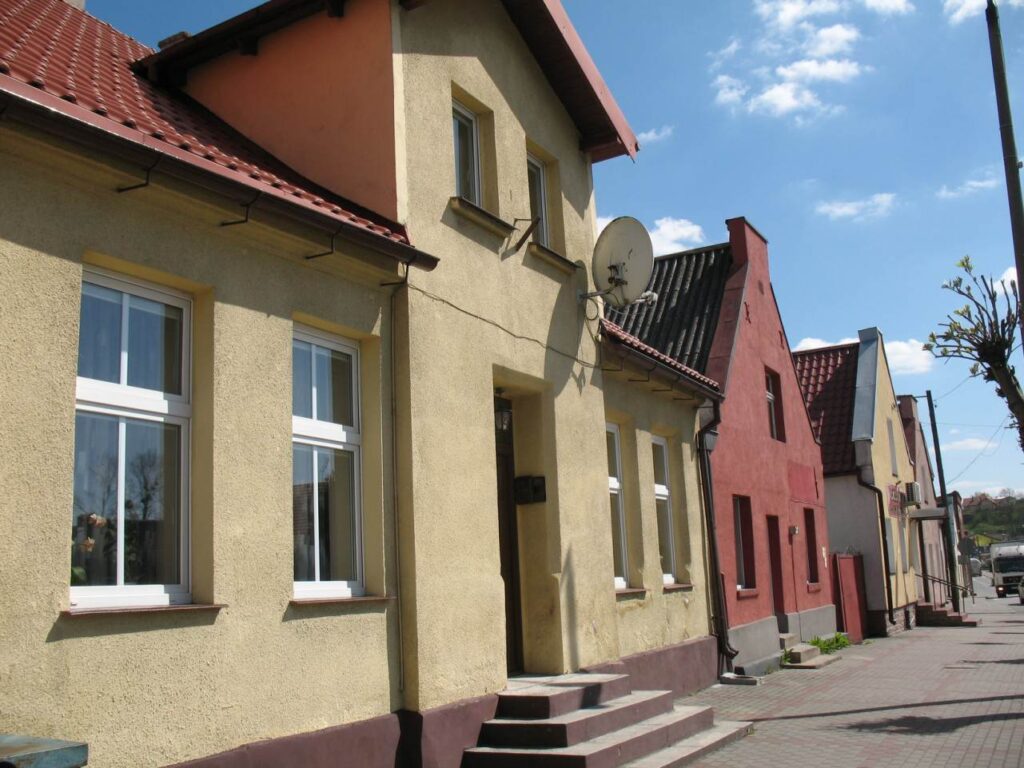
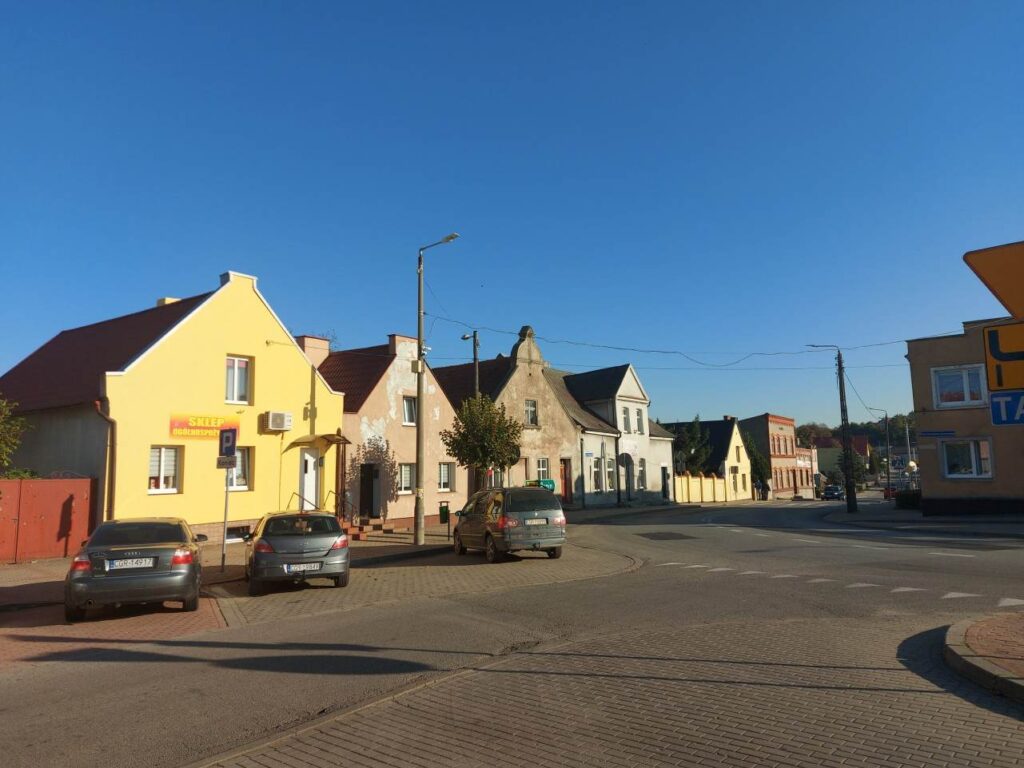
 Lubię tu wracać!
Lubię tu wracać! 